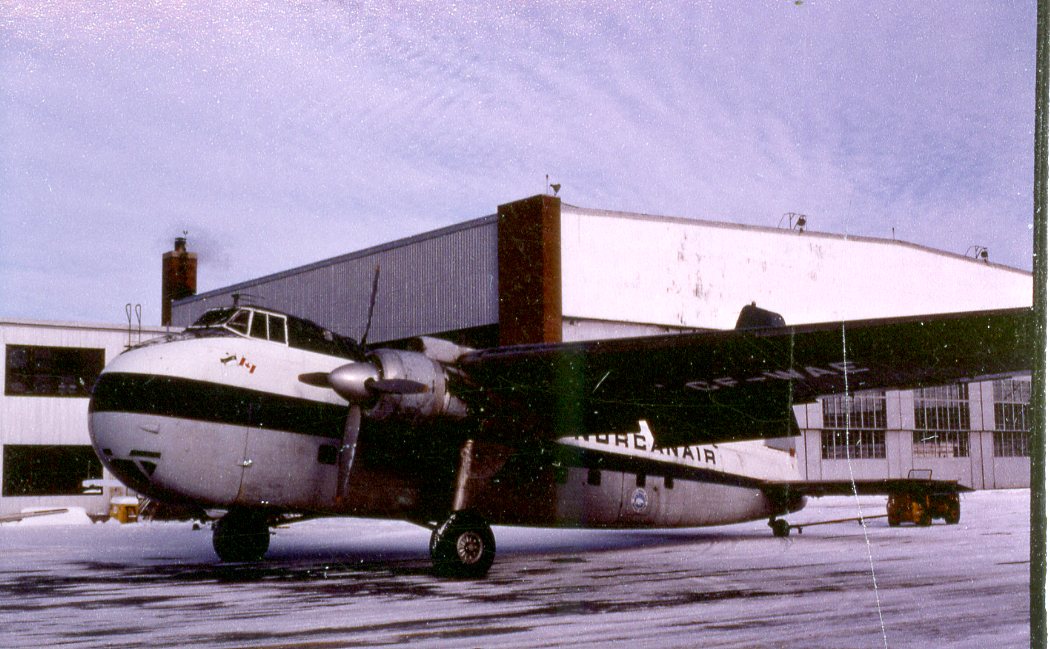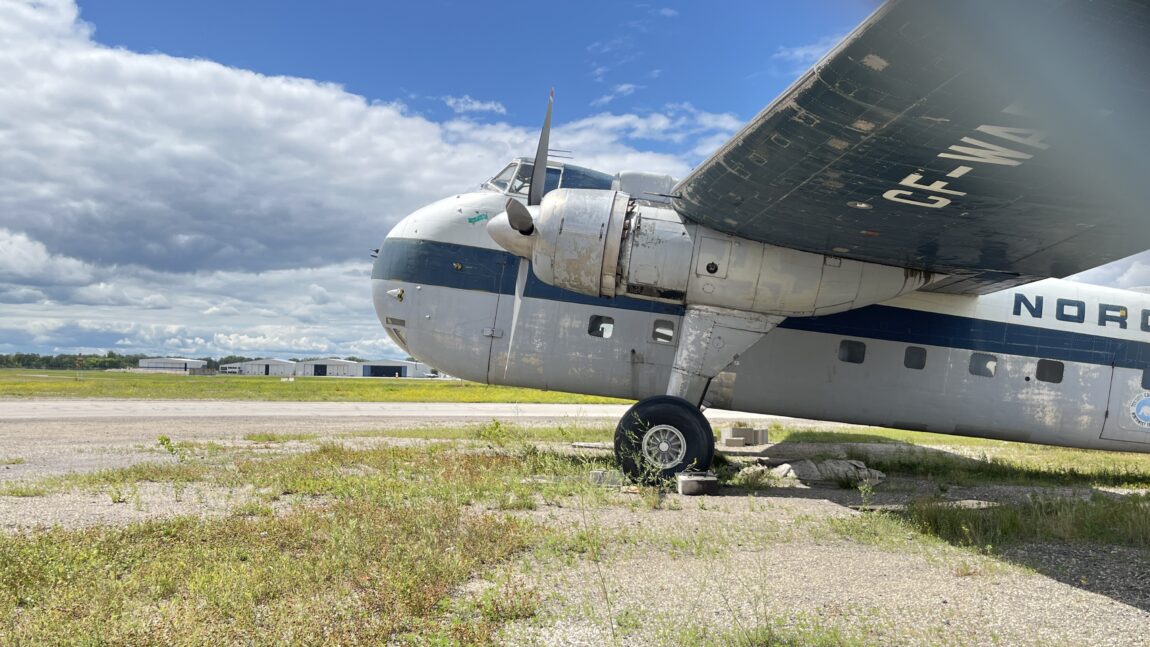Bristol Freighter, CF-WAE - Royal Aviation Museum of Western Canada (original) (raw)
The 170 MK 31 Freighter was designed and built in England in the mid-1940s as a military transport aircraft and was always considered to be “just a little on the ugly side.”
The first flight of the prototype took place on December 2, 1945. Bristol built 214 and supplied them to the Royal Canadian Air Force, Royal Australian Air Force, Royal New Zealand Air Force, and various civil operators worldwide.
The cockpit is located above the cargo area and is entered by means of a ladder on the right side of the cargo compartment. The crew usually consisted of a pilot, co-pilot, flight engineer, and loadmaster. The large, unobstructed cargo area, with front-opening clamshell doors, was designed to carry large, heavy loads. Numerous tie-down rings on the floor were used to secure the cargo.
In the latter part of the 1950s, three Bristol Freighters were operating as cargo carriers by Trans-Canada Air Lines (now, Air Canada). On one cargo flight to La Guardia, New York, the aircraft was approaching and the tower controller used the standard phrase, “Confirm wheels down and locked.” The captain replied, “Wheels down and welded!” The controller then said to the captain, “Where did you get that aircraft? Did you make it?”
Northern Workhorse
CF-WAE was built in 1955 for the RCAF. It carried F-86 Sabre fighter jets and helicopters from bases in France and Germany to overhaul facilities in the U.K. It was purchased in 1967 by Wardair to carry freight around northern Canada, mainly to the DEW Line of radar stations. It was later sold to Saskatchewan-based Norcanair where it operated until 1983. Norcanair then flew it to Winnipeg and donated it to the museum.
This aircraft is on display outdoors in Aviation Plaza.


